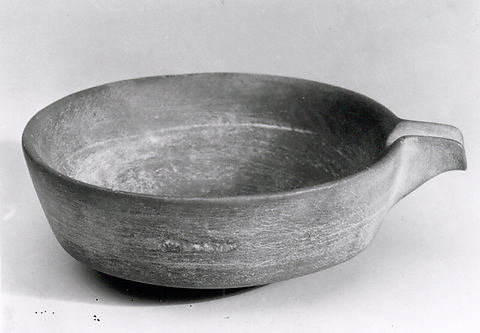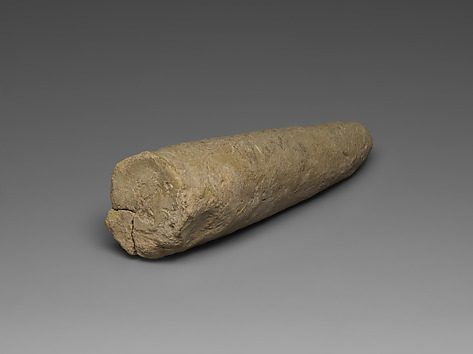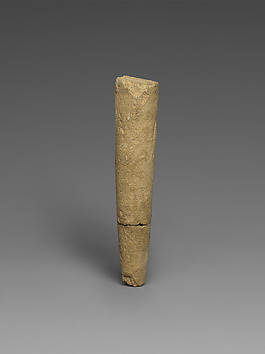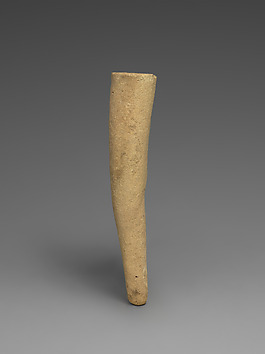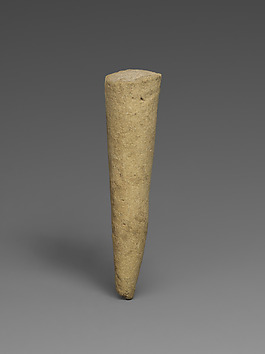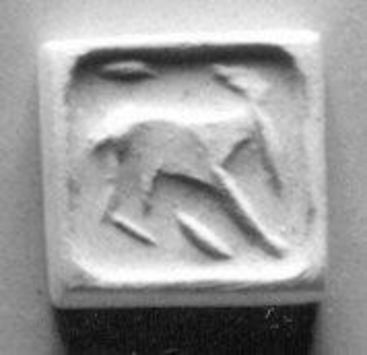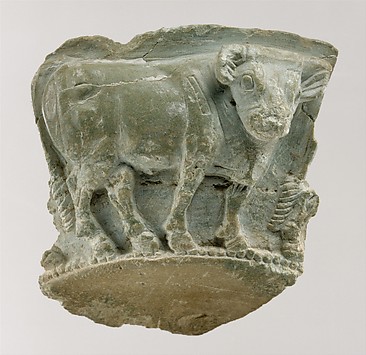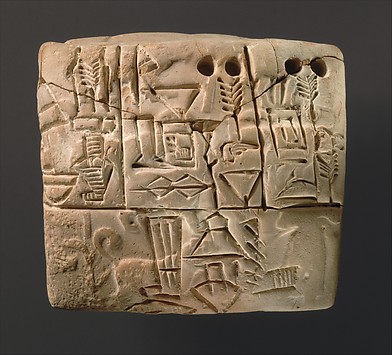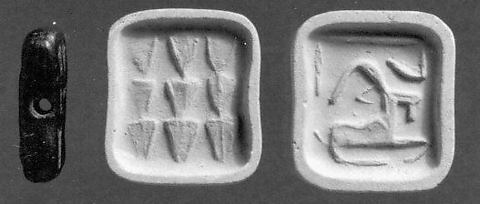Nadar, whose real name was Félix Tournachon (1820–1910), was a conspicuous, even astonishing presence in nineteenth-century France. Engaging and quick-witted, he invented himself over and over, as a bohemian writer, a journalist, a romantic Utopian, a caricaturist, a portrait photographer, a balloonist, an entrepreneur, a prophet of aeronautics. The name "Nadar" was on everyone's lips. Today, it is Nadar's photography that is remembered. In just a few years he taught himself the young art and became one of its greatest practitioners, making portraits that are intimate and extraordinarily beautiful. His sitters, who were often his friends, included the great men and women of his time: Dumas, Rossini, Baudelaire, Sarah Bernhardt, Daumier, Berlioz, George Sand, Delacroix. Nadar had a remarkable capacity to elicit his sitter's most natural qualities and to create, even more than a likeness, a true portrait of character. Nadar's legendary name has been attached not only to his original photographs but to reprints, copies, and a great deal of studio work. For that reason, this volume exactingly reproduces some one hundred photographs from the years 1854–60, the period of his earliest and finest photography, allowing viewers to become familiar with the subtle light and balanced, velvety tones that distinguish Nadar's original work. Accompanying the photographs are essays that shed new light on the many facets of Nadar. The biographical sketch by Maria Morris Hambourg concentrates on his bohemian youth, his literary and journalistic experiences, and his emergence as a photographer. Françoise Heilbrun carefully traces the roots and development of Nadar's photographic art, while his relation to the art and artists of his time is investigated by Philippe Néagu. André Jammes tells us what became of Nadar's own prints; Ulrich Keller explains how to distinguish them from later prints and copies. Nadar's restless modernity took him beyond portraiture into scientific realms, including medical photography and making pictures underground, activities explored by Sylvie Aubenas. And the myth that the aged Nadar wove in his memoirs—of adventurer, flier, man of the future—is analyzed by André Rouille. The intriguing, often eminent individuals who confront us from their portraits are further revealed through brief biographies in the book's catalogue section, where Nadar's interpretations of his subjects are also discussed. A chronology of Nadar's life and numerous additional illustrations further enrich this exploration of a remarkable man and his work.






